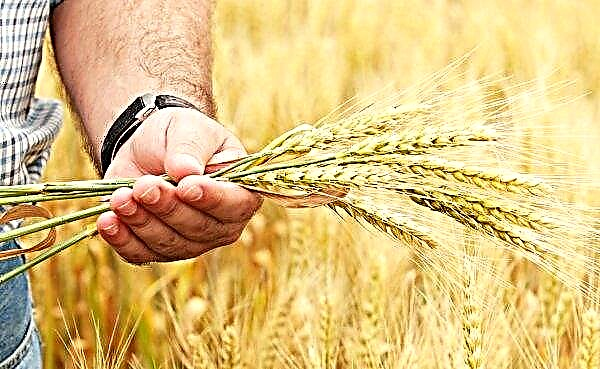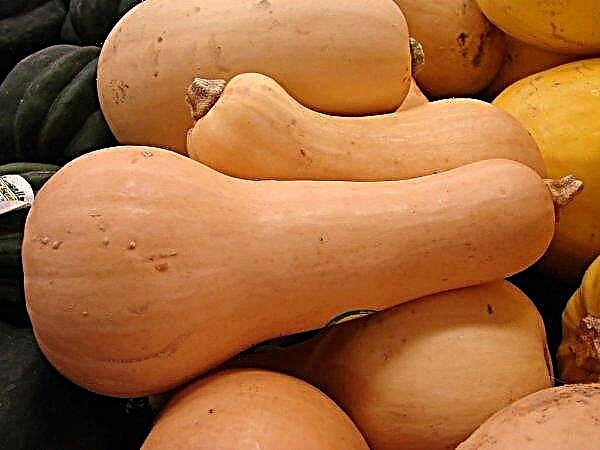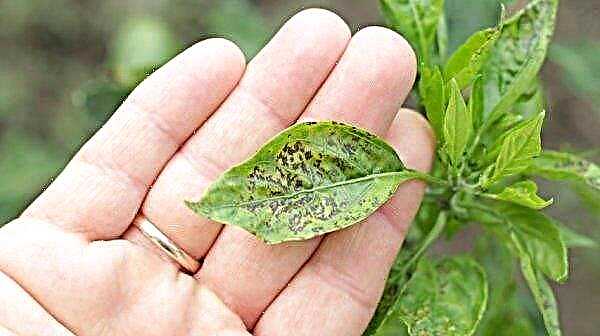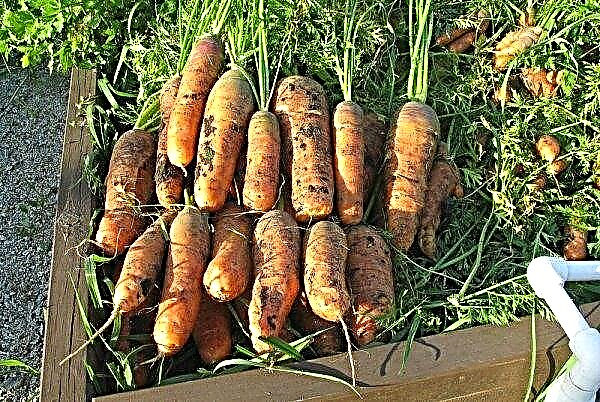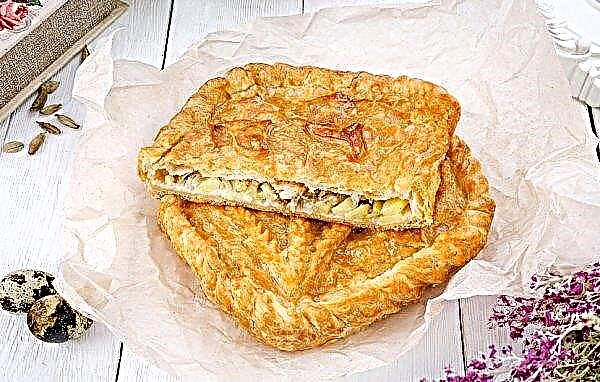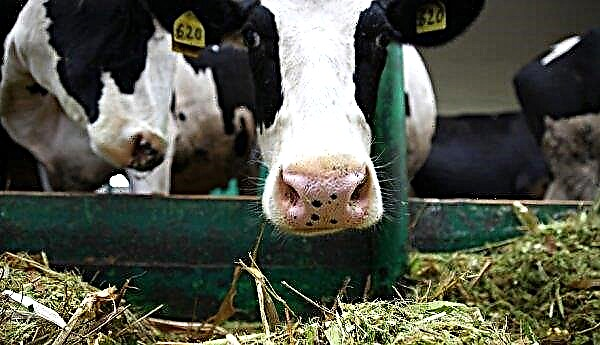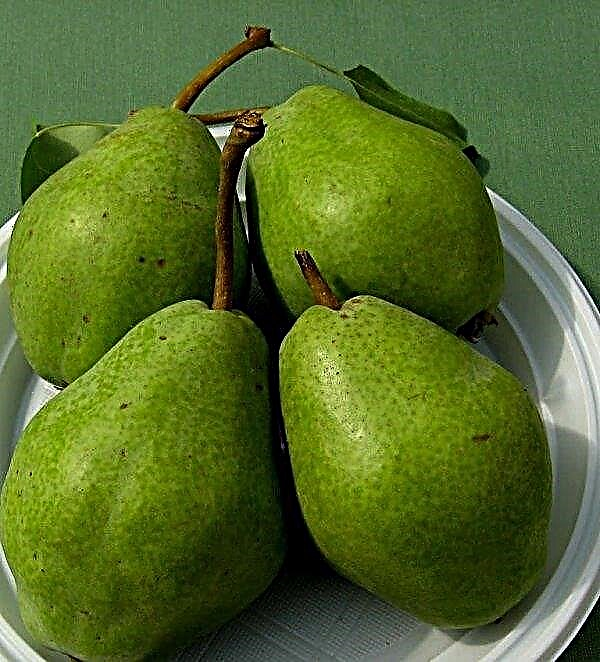Cereals, which include corn, are an integral part of a healthy diet. Growing a culture, it is important to know the stages of growth and maturation of grains, methods and shelf life. We will talk about this later.
Corn Growth Stages
There are several stages of plant formation, the duration of which depends on the variety, germination conditions, as well as agricultural technology:
- The emergence of seedlings. The period of active development of the root system, in contrast to the aboveground.
- The formation of panicles. The growth phase, at this time per day, can grow up to 10-12 cm. It is characterized by the appearance of lateral shoots from deciduous sinuses.
- Flowering cobs. In this period, the yield is determined, since at this stage fertilization and, as a result, grains of cobs occur. At the end of the process, plant growth stops.
- Milk ripeness. Determined by the presence of "milk" in the grains.
- Milk-wax ripeness.
- Wax maturity. It occurs upon loss of the green color of the cob wrapper, the lower part of the deciduous mass dries out, grains are easily cut, without releasing “milk”.
- Full ripeness. The top of the cob turns white, the grain hardens, the aerial part dries.
Did you know? Made from corn alcohol, paste, plastic, plaster, industrial filters and much more, using not only grains, but also leaves, stems, cobs.
What month does corn ripen?
The month of corn ripening depends on the region of its growth, climatic conditions and varieties. On average, it takes 65–150 days from the emergence of seedlings to full ripeness of the grain, and harvesting occurs in the summer. You should also keep in mind the purpose of growing cereals, as biologically ripe cereals are used for popcorn and sowing, and “milk” corn is needed for boiling.

How to determine that the corn has ripened?
Often, the appearance suggests a degree of maturity and harvest time.
Signs of milk ripeness:
- The color of the grain is from light yellow to cream.
- The cob is covered with green leaves, which are difficult to separate.
- The panicles are getting dark.
- Inside the grain is “milk”.

- Darkening of grains and thickening of their shell.
- The inner milk is replaced with hardened starch.
- Leaves covering the ear dry.
- The panicle is dark and completely dry.
When can and how to assemble?
Having determined the purpose of cultivation, signs of ripeness are expected and then proceed to the harvest.
Ears for food use
For this purpose, grains of milk ripeness are needed; such ears are significantly deflected from the trunk. You do not need to collect everything at once, the top heads of cabbage are first torn off, since they ripen in the first place. Before harvesting, they feel the cob for filling it with grain and the shape of the tip - it should be round and blunt. To separate the desired part, just grab it with your hand and turn it around the axis. It is recommended to use the collected product on the first day, since sugar quickly turns into starch, which worsens the taste. Slow down this process and thereby extend the shelf life will help low temperature.
Important! It is recommended to store corn in the refrigerator, covering it with a damp cloth, then the product will retain its original condition for longer.
For harvesting seeds
After waiting for biological ripeness, you can start collecting grain for sowing. The green part of the corn dries completely and the ears easily detach from the stem. The collected material must be dried for complete ripening, for this grain is placed in a dry and cool place for a couple of months. Dry grains are separated from the cob and fall asleep in airtight containers. Ripe material preserved in the absence of moisture and direct sunlight is suitable for planting even after 5–10 years.
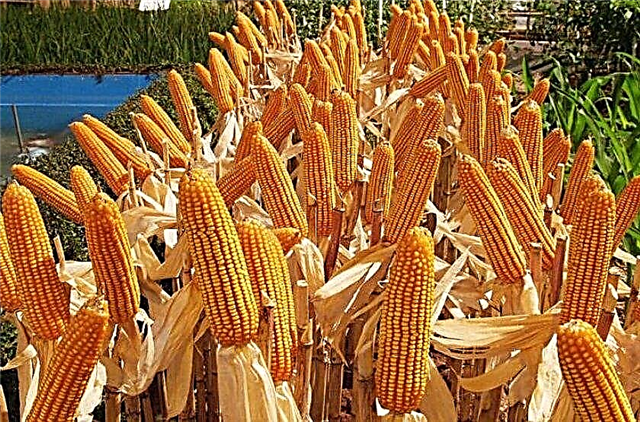
How to store the crop?
For storage, late varieties ripening in September-October are suitable. After harvesting, the grain part must be cleaned of leaves and “hair”, and then dried a little. Then the corn is placed in containers, boxes and fabric bags, an important condition is the dryness and ventilation of the room. Fresh grain is stored in the refrigerator, the ears are cleaned and put in sealed bags. The culture remains unchanged for up to 3 days, after which it loses sweetness.
For longer preservation of the grain is separated from the ears, for this they are kept for 20 minutes. in ice water with the addition of a teaspoon of salt and lemon juice per each liter. Heads of cabbage are peeled, dried corn and packaged in airtight bags. In this form, the product is stored in the refrigerator for up to 3 weeks.
Corn grows not only in home beds, but also in huge fields around the world and is a high-grade food product that is widely used in world cuisines. It is important to know how much the culture ripens and the main signs of its ripeness, because the harvest time depends on many factors and begins in the summer-autumn period. Follow the above recommendations for the collection and storage of cereals, which allow you to preserve the nutritional and taste qualities of the product.



